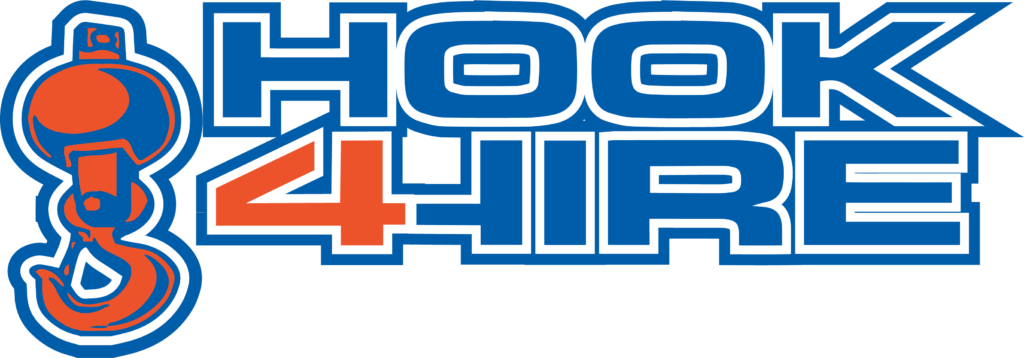Construction sites are full of potential hazards, and one of the most common is rigging mistakes. Rigging is the process of setting up and operating cranes, hoists, and other lifting equipment, and it requires precision and expertise.
Unfortunately, rigging mistakes are all too common, and they can lead to serious accidents and injuries. To help you avoid the most common rigging mistakes, we’ve compiled a list of the top mistakes to avoid. So, whether you’re new to rigging or a seasoned pro, be sure to avoid these mistakes.
Exploring the Usual Rigging Mistakes Made in Construction Sites
1. Forgetting to Know the Exact Weight of the Load
One of the most common mistakes made on construction sites is forgetting to know the exact weight of the load. This often happens when workers are in a hurry to get the job done and don’t take the time to weigh the load properly. This can lead to serious problems, as the load may be too heavy for the rigging equipment, which could cause it to fail.
There are a few ways to determine the weight of the load, such as checking the shipping documentation, examining the engineered prints or design plans, using an industrial scale, dynamometer, or load cell, or performing manual calculations.
By taking the time to properly identify the weight of the load, you can avoid any potential accidents or damage to the equipment.
2. Skimping on the Equipment Inspection
One of the most common rigging mistakes made in construction sites is skimping on equipment inspection. This is often done to save time or money, but it can end up costing both in the long run. Not taking the time to properly inspect your rigging equipment can lead to serious safety hazards and potentially costly repairs or replacements down the road.
When it comes to inspecting your rigging equipment, there are a few key things to look for. First, check for any obvious signs of damage, such as cracks, bends, or breaks in the metal. Next, make sure all the moving parts are properly lubricated and free of any debris or build-up. Finally, check that all the safety features are in good working order, such as the brakes and emergency stop button.
Taking the time to inspect your rigging equipment properly may seem like a hassle, but it’s essential to do it right. Skimping on the inspection can lead to serious safety hazards that could cost you time, money, or even lives.
3. Not Knowing the Sling Capacity
The sling capacity is the maximum amount of weight that a particular rigging system can support. This is determined by the strength of the materials used in the system, as well as the overall design of the system.
When working with rigging systems, it’s vital to always know the sling capacity. This way, you can ensure that the system is not overloaded, which could lead to a catastrophic failure.
Many factors can affect the sling capacity of a rigging system. These include the type of material used, the thickness of the material, the length of the sling, and the number of legs in the system.
So when selecting a rigging system, it’s important to consult with a qualified engineer to determine the appropriate sling capacity for your project.
The Bottom Line: The Importance of Knowing the Common Rigging Mistakes to Avoid in Any Construction Project
As a construction worker, it’s crucial to be aware of the common rigging mistakes that can occur on a construction site. By knowing the mistakes to avoid, you can help keep your construction site safe and efficient.
Are you looking for rigging equipment rentals in Owensboro? Hook4Hire has you covered! We carry a wide selection of rigging equipment, including hoists, winches, and cranes, to help you get the job done safely and efficiently.
Whether you’re lifting heavy loads or moving them from one location to another, we have the right equipment for the job. Contact us today to learn more about our rigging equipment rentals and how we can help you get the job done right.
